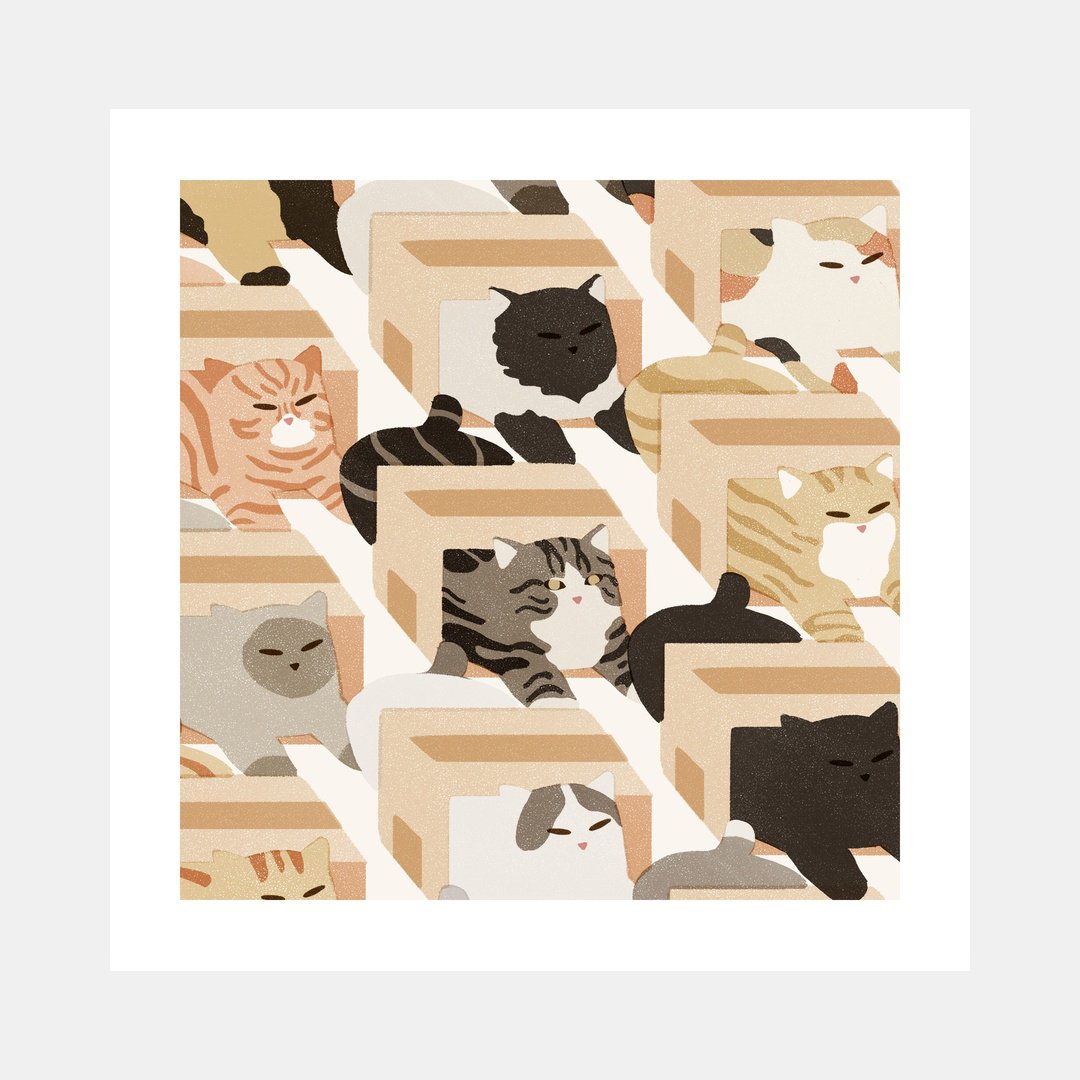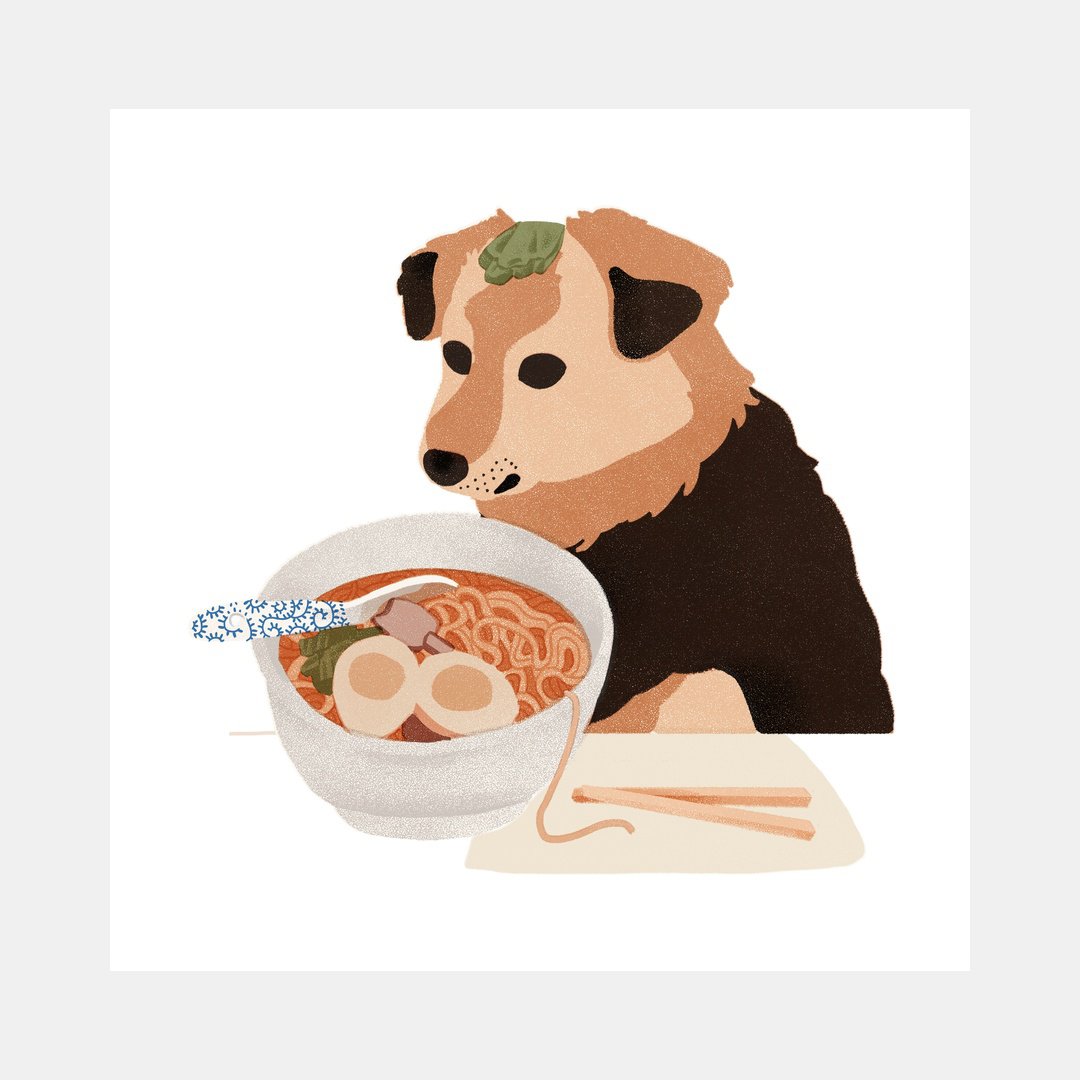Bird of Paradise - Care
Cloud Gardens, Toronto
99% of the Bird of Paradise I see for sale in Toronto are the 'Giant White' (Strelitzia nicolai) variety which aren't particularly house-friendly because they grow up to 30ft and can't be pruned to contain its size. I mean just look at the size of the specimen at Cloud Gardens!
My theory as to why Strelitzia nicolai is so commonly available is because junior plants grow impressively large quickly and can be sold as the beautiful large houseplants we dream of. Of course most of us find out that we run out of light (or more often ceiling space) eventually. How many people have 3-story high ceilings, really!
If you do plant on homing a Strelitzia nicolai and don't have the space to accommodate for the eventual 30ft frame, treat them as passing guests. Enjoy them as much as you can, but know the realities that they may suffer long term.
Reginae vs Nicolai varieties
Reginae produces yellow blooms and only grow to 6ft where as the aforementioned Nicolai grow to 30ft and adorn white flowers. For indoors, I would highly recommend going for the less common Reginae as they're much, much smaller and easy to manage if you have enough light.
For now, here is my experience with my own 'Giant White' Bird of Paradise, indoors, under average household conditions.
Plant Care
LIGHT:
As bright as you can give it. Acclimate it to some direct light.
Watering:
Keep moist but tolerant of drying out. Not particularly sensitive to humidity.
Temperature:
Above 15°C, not frost tolerant.
Soil:
All-purpose potting mix.
Growth & Fertilizing
Strelitzia grow new leaves from the centre and occasionally pups may form at the base. These plants are very slow growing, putting out out a new leaf about once a month, sometimes even slower indoors. The best remedy to a slow leaf is simply patience.
Fertilizing:
Strelitzia are heavy feeders and require regular fertilizing during growing season. I use a balanced fertilizer (organic or synthetic is your choice) or top the soil with compost, mix in a slow release organic fertilizer, or worm castings.
❶ Peaking Through:
'Giant White' really takes its time: the unraveling of a new leaf can take literal months. If your new leaf is slow, just wait it out. So long as there isn't discolouration, it's perfectly normal.
❷ Unfurling Leaf:
The new tender leaf starts as a vibrant chartreuse shade, then gradually turns a deep green.
❸ Result:
Common indoors, sometimes the new leaf can have tears which indicates a lack of sufficient light. Bird of Paradise prefer the brightest spot you can give them: south-facing ideally.
Case Study: "Big Bird"
A leggy Bird of Paradise in a condo room
The Old Condo:
When I bought "Big Bird", my Bird of Paradise, it was only about 1.5ft high and I had no idea what I was getting myself into. You can get away with growing a 'Giant White' Bird of Paradise when it's small for 1-2 years, but once it starts reaching maturity, symptoms of improper conditions will show.
Only a couple years later, you can see in this photo, it quickly started outgrowing my space. I kept it by a west-facing window then eventually moved it to a south-facing one. Even with the south-facing window, under the brightest light I could give it, it didn't get enough light as only one side of the plant was lit.
Eventually I had to stake the plant otherwise the petioles would bow down to the ground.
More compact growth in a new location
The New Home:
The major difference with its new and current location is that the window is overhead, almost like a skylight but not quite. It allows light to cascade at an angle atop the Bird of Paradise, allow more even lighting.
Although still not ideal, for indoors, this plant looks pretty darn good. It's got two stories to grow into before we have to worry. If you don't have this type of lighting, I suggest possibly incorporating an overhead grow light. It'll allow your plant to grow more upright, and sturdy.
I was eventually able to remove the bamboo supports and prune the old etiolated petioles as new leaves emerged.
Troubleshooting
Tears on Leaves
Totally normal: these leaves were designed to split to mitigate high winds, letting it pass through, Otherwise the plant would uproot! However, if you're experiencing tears on a new young leaf, your plant isn't getting bright enough light.
Large Floppy Leaves
Not enough light: the paddles will enlarge to maximize for photosynthesis. This is often accompanied by thin and long petioles which cannot support the weight, and bow down.
Constantly Wilted
These plants need a lot of space to grow! It's possible that it is pot bound if you've ruled out under-watering. If you find the pot is adequately sized, ensure watering is thorough and deep and you aren't missing dry spots.
Leaf Curling Inwards
Reaction to hot heat in the middle of the day (if curling goes away at night, there's nothing to worry about). Otherwise, it's displaying wilt and needs to be watered.
Leaf Curling Outwards
Too much water or not enough light. Allowing drying out inbetween until you gauge a schedule, and gradually introduce more light.
Other Curling Issues
Pests! Check for pests along new growth, especially mealies that like to hide in crevices. Thrips will also cause curling of the leaves.
Browning Leaves
Along edges: even though I find Bird of Paradise to not be as sensitive to humidity, there is a limit to the dryness it can tolerate. Brown edges (without a yellow halo) is often lack of humidity. Incorporate a humidifier.
Splotches over leaf surface: if you recently moved your plant to a sunnier spot without slowly acclimating it first, it may have received sun scorch. It may also be fertilizer burn if you've been using a synthetic and haven't flushed out the soil regularly.
Hacks
Young plant with more compact growth
"LUSH AND FULL":
Similar to the pilea peperomioides, 'Giant Whites' are often grouped together to create a fuller look. Since these are such large growers its best to separate them. But, if you want to keep them together, I recommend being slightly more heavy-handed with fertilizer than other houseplants and use it at full strength. Know also that you'll have to repot them into extra larger and deep pots.
Support my Work by Purchasing an Art Print!
Related Posts:


















Spa day for your plants: the benefits of giving your houseplants a shower.